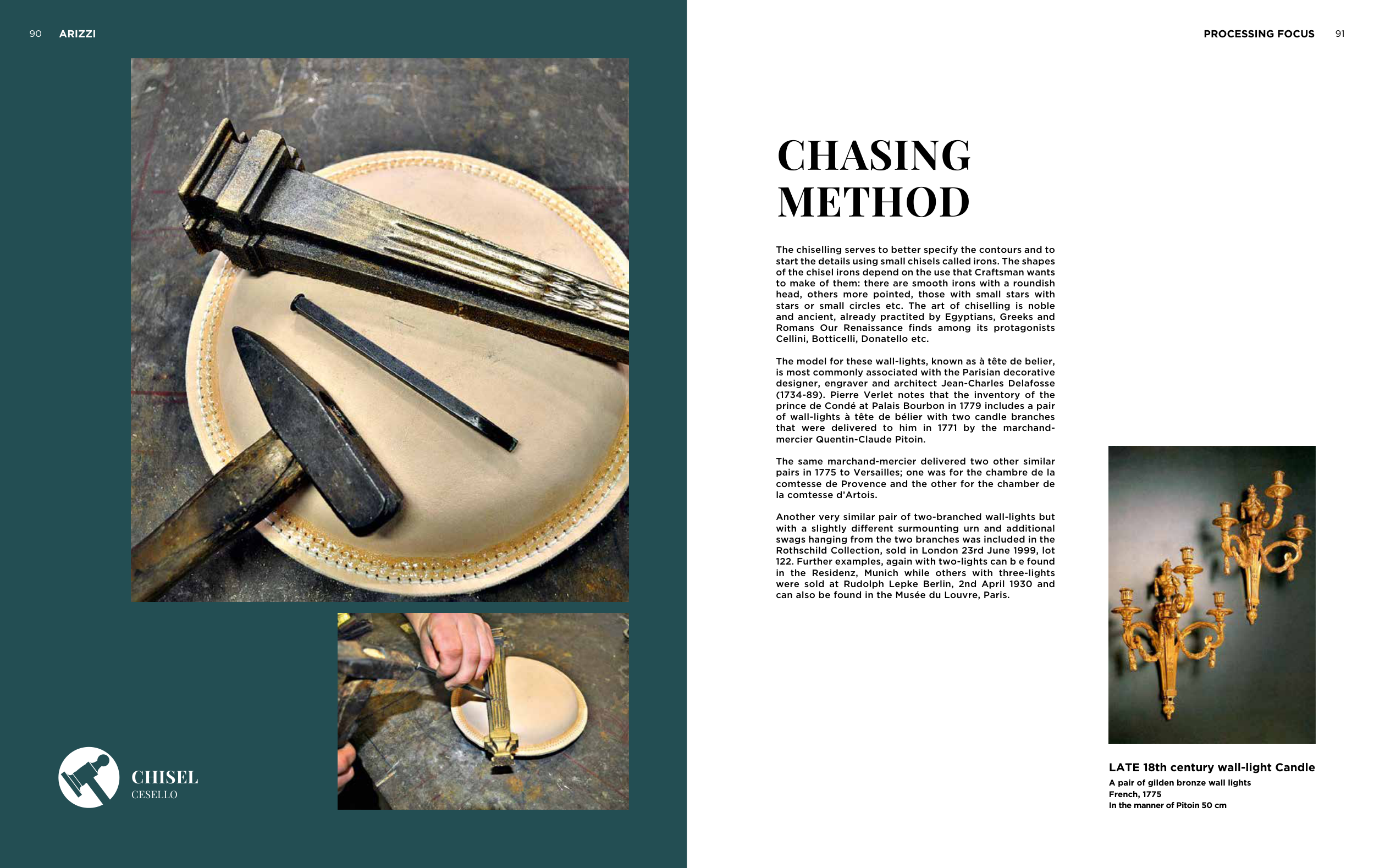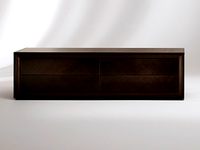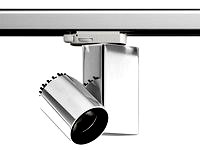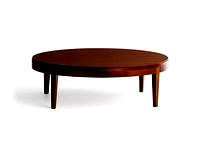CHISEL
CESELLO
CHASING
METHOD
The chiselling serves to better specify the contours and to
start the details using small chisels called irons. The shapes
of the chisel irons depend on the use that Craftsman wants
to make of them: there are smooth irons with a roundish
head, others more pointed, those with small stars with
stars or small circles etc. The art of chiselling is noble
and ancient, already practited by Egyptians, Greeks and
Romans Our Renaissance finds among its protagonists
Cellini, Botticelli, Donatello etc.
The model for these wall-lights, known as à tête de belier,
is most commonly associated with the Parisian decorative
designer, engraver and architect Jean-Charles Delafosse
(1734-89). Pierre Verlet notes that the inventory of the
prince de Condé at Palais Bourbon in 1779 includes a pair
of wall-lights à tête de bélier with two candle branches
that were delivered to him in 1771 by the marchand-
mercier Quentin-Claude Pitoin.
The same marchand-mercier delivered two other similar
pairs in 1775 to Versailles; one was for the chambre de la
comtesse de Provence and the other for the chamber de
la comtesse d’Artois.
Another very similar pair of two-branched wall-lights but
with a slightly different surmounting urn and additional
swags hanging from the two branches was included in the
Rothschild Collection, sold in London 23rd June 1999, lot
122. Further examples, again with two-lights can b e found
in the Residenz, Munich while others with three-lights
were sold at Rudolph Lepke Berlin, 2nd April 1930 and
can also be found in the Musée du Louvre, Paris.
LATE 18th century wall-light Candle
A pair of gilden bronze wall lights
French, 1775
In the manner of Pitoin 50 cm
ARIZZI
90
PROCESSING FOCUS
91







